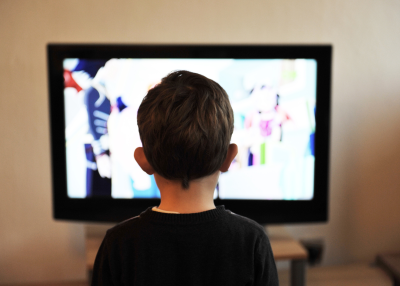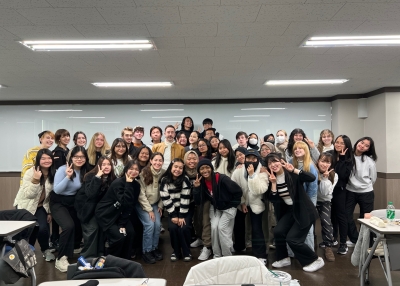Korea Talk Exchange

KoTEX, Korea Talk Exchange, is a digital venue that distributes original research or written works that engage in discussions about South Korea. The purpose is to provide fresh viewpoints on Korean issues from three angles: (1) to talk about how Koreans perceive themselves in relation to the rest of the world, (2) to talk about how Koreans comprehend foreigners' perception of Korea, and (3) to talk about how foreigners perceive Korea.
KoTEX Issue No.11
The dynamics of marriage have emerged as a prominent subject of concern in South Korea, surrounding both domestic and international marriages. The country is currently experiencing a decline in marriage rates, encouraging a deeper exploration into the ideologies surrounding matrimony among the younger demographic. Despite this decline, there is a noticeable increase in the number of marriages between Koreans and foreign nationals, contributing to the growth of a multicultural population in the nation. The shifting landscape of marriages in Korea has undeniably impacted various societal issues, ranging from declining fertility rates to a redefined concept of 'family' within the country.
The gradual yet dynamic shifts in marriage beliefs in South Korea involve a mix of various factors. Analyzing these transformations is crucial to comprehending their influence on South Korea's social framework and offering potential insights into global trends. What are your perspectives on the evolving marriage patterns in South Korea? In your opinion, how do these shifts affect broader societal elements such as family structures, population trends, and cultural dynamics? Additionally, do you believe similar changes are unfolding in other countries across the world?
Deadline: February 29, 2024
We would like to welcome you to submit your original writing (480-550 words) for review and potential publication for Asia Society Korea's KoTEX. Selected pieces will also receive formal recognition, along with the author's public credentials, on our Asia Society Korea website and be featured in our newsletter, which is distributed to the members and viewers of Asia Society Korea. Please submit your original works to [email protected].











